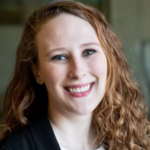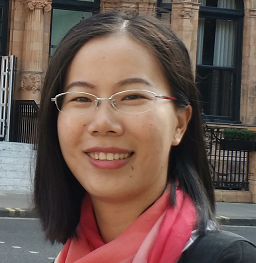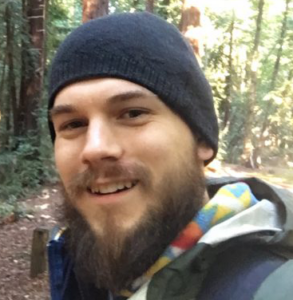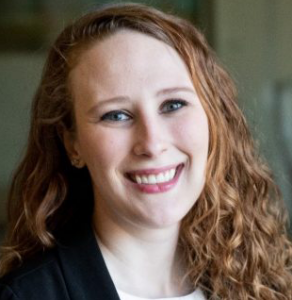Immersive
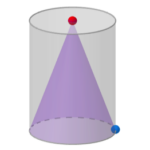
Kelsey E. Schenck and Doy Kim are the project assistants on a study investigating the affordances and impacts of Augmented and Virtual Realities on the delivery of geometry curriculum. The project is a collaboration between Dr. Mitchell Nathan from the MAGIC Lab at UW-Madison and Dr. Candace Walkington from the SMU Lab at Southern Methodist University.
This project explores the affordances of augmented and virtual reality as a way for teachers and students to explore geometry through individual and collaborative gestures (Walkington et al., 2021). We are currently partnering with a team of designers from GeoGebra (one of the world’s largest mathematics software companies) to provide teachers with a gamified geometry curriculum around the novella, Flatland, by Edwin Abbott. The current study is exploring how access to different resources such as a peer and dynamic simulations impact students’ geometric reasoning. Though in its beginning stages, we expect this work will illuminate the influences of teachers’ spatial reasoning abilities, trait anxieties, gesture use, and beliefs about gesture on mathematical thinking to significantly improve embodied classroom teaching and learning.
To learn more about this research, Click Here
Gesture
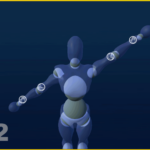
How can making predictions about geometric transformations complement conceptualization and enhance mathematical reasoning? This project investigates how action-prediction can support geometric reasoning by leveraging Action-Cognition Transduction (ACT; Nathan, 2017). ACT proposes that real and simulated actions serve as predictors (feedforward) and controllers (feedback) to guide anticipated outcomes. In effect, these actions (how we perform and predict specific body movements) influence cognition (what we think and learn) and reciprocally, cognition influences actions. The current project operationalizes this reciprocal relationship by having students make predictions about future actions that represent geometric objects and transformations. Preliminary results indicate action-predictions enhance advanced students’ mathematical reasoning (e.g., proof production) (Xia et al., 2022). Future work on the role of action-predictions in mathematical reasoning will be expanded from geometry to mathematical functions.
To learn more about this research, Click Here
Augmented
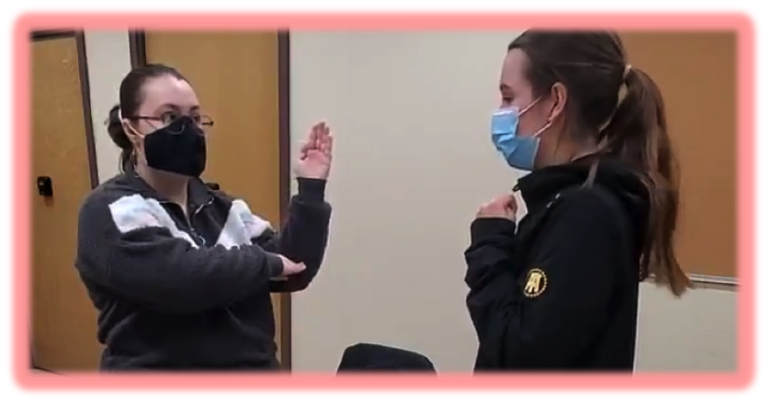
The effect of instructed actions on geometric reasoning: Can students learn by moving their bodies? The pedagogical potential of our body in mathematics has been accruing more attention from the learning sciences community and teaching practitioners. In geometry, researchers have found that certain types of gestures are associated with better proof performance. But can students improve at geometry by performing the gesture-like-movement or learning to use such gestures? This project investigates the efficacy of instructed actions and the conditions in which instructed actions are effective in learning geometry.
To learn more about this research, Click Here
Spatial
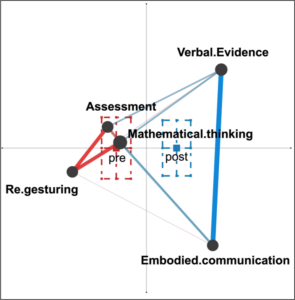
How can we help teachers utilize the multimodal information contained in students’ expressions of knowledge in classrooms and augment teacher education to recognize embodied forms of thinking, learning, and knowledge assessment?
We developed an online teacher professional development (TPD) that enables pre-service math teachers to experience and co-design for embodied ways of mathematical thinking and reasoning. The post-intervention results demonstrated that the collaborative, embodied, online TPD improved teachers’ beliefs about the role of gestures in learning and instruction as well as their formative assessment practices. This project contributes to the development of teacher education, embracing diversity, equity, and inclusion while taking into account the multimodal attributes of contexts and practices as they occur in classrooms.
To learn more about this research, Click Here
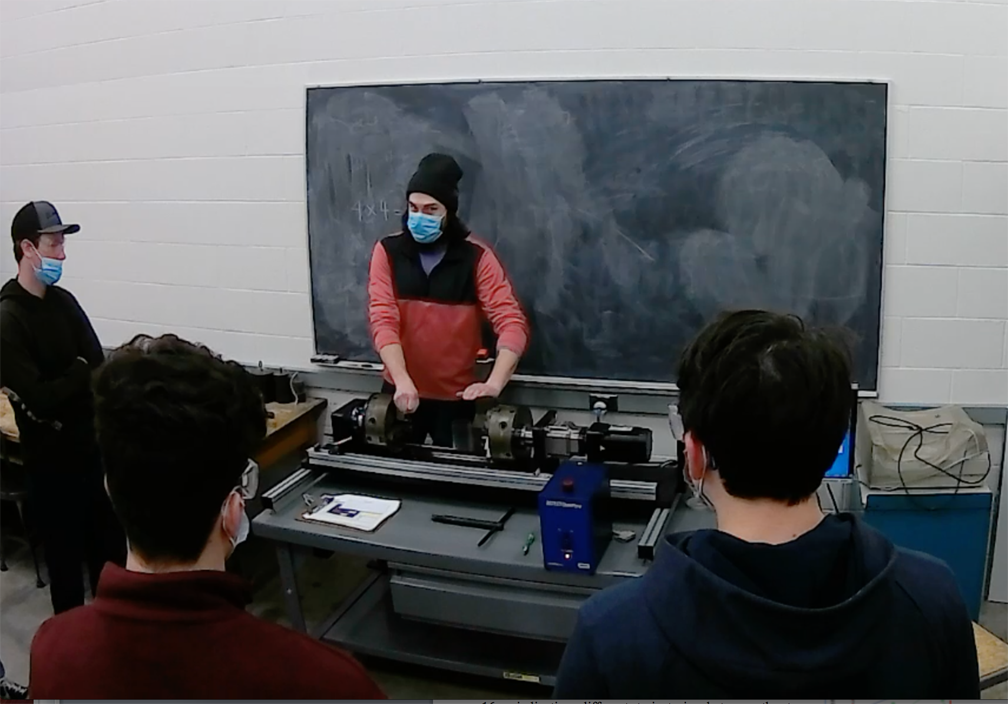
Instruction in Mechanical Engineering often takes a “formalisms first” approach; teaching students about the symbols that represent different concepts, how they are expressed mathematically, and the equations that express their behaviors. Matthew Grondin seeks to provide students with embodied “experiences first” on which they can then scaffold the formalisms in his research.
To learn more about this research, Click Here
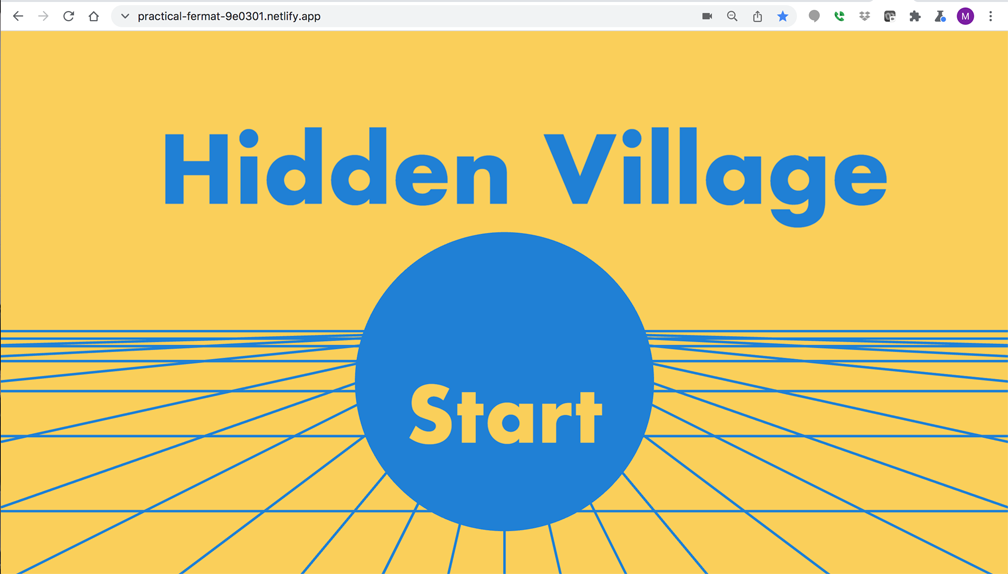
What shape are you in? Students can explore geometric objects and transformations using the latest version of The Hidden Village – Online (THV-O). No longer incumbered by costly peripheral hardware, Ariel Fogel has developed THV-O that uses a computer’s webcam and emulated 3D motion capture software to track players’ movements in the performance of “directed actions” to embody the feelings complement geometric thinking!
To learn more about this research, Click Here


Do you have trouble imagining how objects fit together? Do mental rotation puzzles make you anxious? What does this have to do with math?
This project uses the Grounded and Embodied Learning Framework to investigate how spatial systems such as spatial ability and anxiety impact students’ mathematical thinking and how we can develop interventions for these systems to improve mathematical teaching, thinking, and learning. Initial work focuses on adding to the spatial ability literature by exploring how specific subfactors of spatial ability and spatial anxiety were associated with different domains of mathematics in adults (Schenck & Nathan, 2020) and the relationship between spatial ability and spatial anxiety (Schenck & Nathan, 2022). This work later expanded to fraction knowledge in children through a collaboration with Dr. Edward Hubbard (Schenck et al., 2022). The current study is investigating whether embodied spatial tasks can impact students’ geometric thinking and gesture production.
To learn more about this research, Click Here
